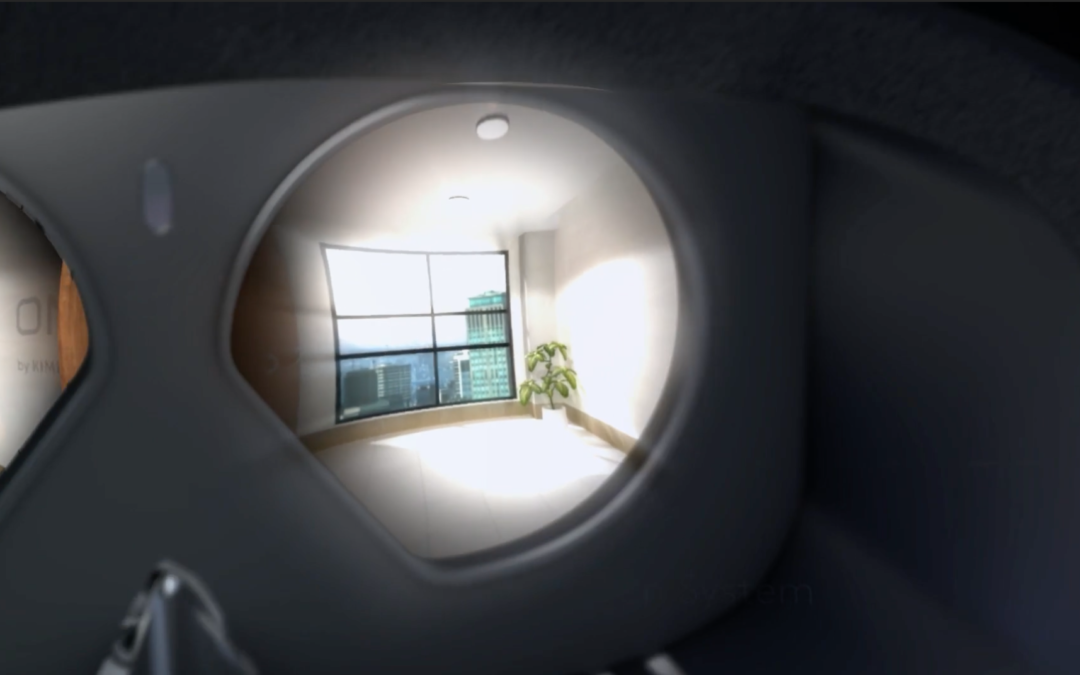I’ll go ahead and stop you at the start. Yes, I realize there have been a lot of recent articles published about this topic. But with three squared doing more & more of this kind of work for clients, we felt the need to at least put in our two-cents on it.
A lot of people use the term “virtual reality” for different types of “Immersive Experiences”. This includes augmented and mixed reality as well as 360° video. Although they each offer altered reality types of experiences, they are fairly different and often the technologies get mixed up with one another.
- Virtual Reality
Virtual Reality (VR) transposes the user to an alternate world. The real world which the user is in, does not exist. This is accomplished with live video or computer graphics and uses head-mounted displays (HMD’s) that blind the user from seeing anything associated with the “real” world. Oculus Rift, Playstation VR, HTC Vive, Gear VR are examples of HMD’s.
Non-Interactive VR:
With non-interactive VR applications and content, the user is a spectator in another world. They sit back and can look anywhere as if they were there. But they cannot interact (beyond pointing and clicking). They are still fully immersed and with added components such as audio, the user is taken into a different reality which alters the user’s senses.
Types of Non-Interactive VR:
Experience – Allows user to feel actively involved and engaged but still in a passive role.
Experience VR Examples: G2A Land, Face Your Fears, Everest VR
Storytelling and Story Enabling – Examples are movies and short stories. Both deal with a plot the author introduces, but storytelling gives no control to the user whereas story enabling allows the user to interact with the story and gives them choices and ways to actually engage.
Storytelling and Story Enabling Example: ABE VR, Gary the Gull
Interactive VR
This experience gives users interactive abilities while in their alternate world. Users can fully immerse themselves by moving forward or backwards, up & down, sideways, etc. This expands user’s senses and they can also interact with objects by holding, throwing, pushing, etc. Most of this is not real-world but computer generated using high powered game engine PC’s.
Interactive VR Examples: Mindshow, Tilt Brush
2. Mixed Reality
MR is a mixture of VR and AR where virtual objects interact with real world objects. An example would be if you placed a virtual object (a tool for example) onto a real-world object (a workbench). The toll would stay in that same position as you walk around. Simply put, the virtual object attaches itself to the real-world object and becomes part the real-world.
Mixed Reality Examples: Microsoft HoloLens, Google Glass
3. Augmented Reality
This adds to our reality by supplementing the real world with digital objects. It does not take us to another place, but instead enhances our present. It literally “augments” our reality vs. blocking out the real world. With AR, computer graphics overlay the real reality and provide enhanced data that can be used regularly in day-to-day life. Digital overlays can be text data, 3D objects or video such as Google Glass notifications or on the head-up displays (HUD) in cars which provide valuable information to a driver. Think Minority Report and the live actors hands pushing around imagery on a screen while actual real world action takes place.
Examples of Augmented Reality: Pokemon Go, Samsung’s Monitorless AR glasses
4. 360° Content
360° content can be created using a series of 360° camera’s. Typically, this is a 2 step process where multiple cameras or lenses capture an image from a different angle and are then stitched together to create a single image that can be projected into a 360° environment. And while the capture itself is not overly complicated (we look at the location / capture piece similar to traditional production), the actual assembly of the final program does take someone with solid experience to get it all right in post.
So, is 360° content VR?
360° is definitely not VR. True VR utilizes sensors to track your head movements giving you the illusion that you are in an alternate world. When your head moves, the view of the world moves with it, impacting your subconscious & conscious mind. VR also tracks your position in space and requires highly powered computers with head-mounted displays like the Oculus Rift to get the desired results.
With 360° you are not truly immersed. You can look up, down and around but you can’t move forward. 360° content at its most simplistic can be viewed without a headset on YouTube, or through sites which require using a mouse to navigate. Though there are some browser limitations. Chrome and Firefox are the main browsers supported at this time.
360° Content Examples: Facebook 360, Vrse’s “Take Flight”

Recent Comments